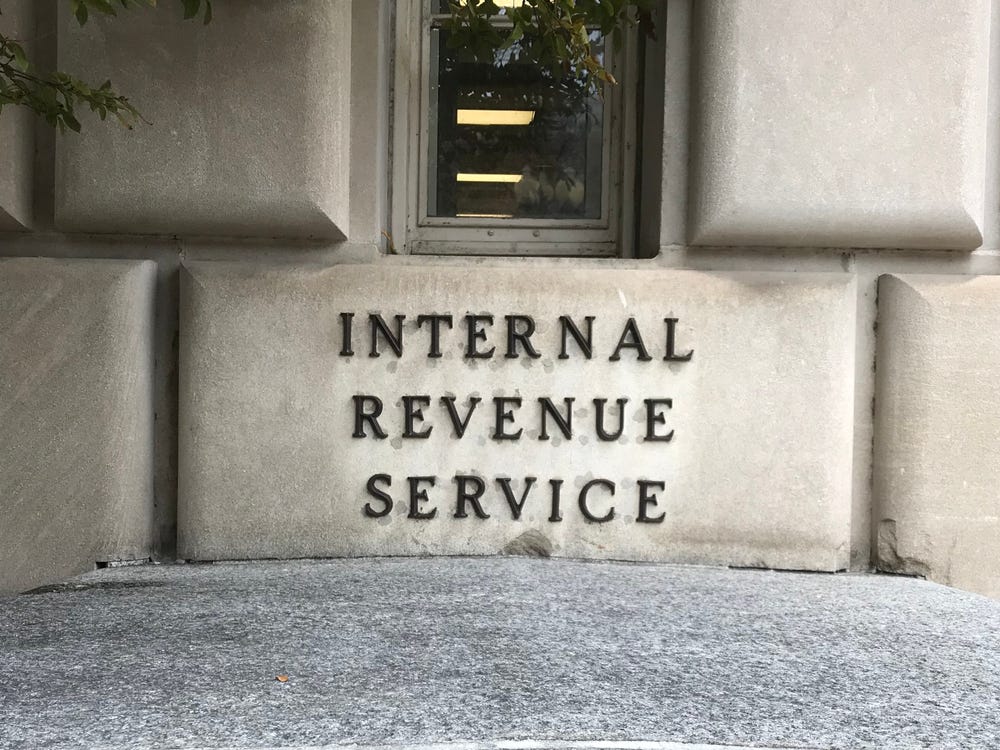Latest news about Bitcoin and all cryptocurrencies. Your daily crypto news habit.
Bitcoin and crypto losses can be used to offset other types of capital gains for tax purposes and therefore save you money. This article addresses how to handle your losses and the important items that you need to keep in mind for your crypto taxes in the US.
Losses on crypto and Bitcoin trades offset other capital gains
For tax purposes, selling cryptocurrency is treated the same as selling any other type of capital asset — stocks, bonds, property etc. This means that you realize either a capital gain or a capital loss anytime you sell Bitcoin or any other crypto. When you realize a capital gain (you sold your crypto for more than you purchased it for), you owe a tax on the dollar amount of the gain. However, when you sell your crypto for less than you purchased it for, you incur a capital loss, and you can use this loss to offset gains from other trades or even a gain from the sale of other property like your stocks in your portfolio.
Unfortunately in the crypto landscape we are currently experiencing, there are plenty of losses to go around, and it is wise to file these capital losses in order to reduce your taxable income and save money.
Net capital losses up to $3,000 can be deducted against other types of income
Whenever your total capital gains and losses for the year add up to a negative number, you incur a net capital loss. If the net capital loss is less than or equal to $3,000 ($1,500 if you are married and filing a separate tax return), then that entire capital loss can be used to offset other types of income–like the income from your job.
If your losses exceed $3,000, then the amount over $3,000 will be rolled forward to the next tax year.
What does this look like in real life?
Let’s go through an example to paint a clear picture.
Let’s say you started 2018 doing really well as a crypto trader. You made $5,000 trading Bitcoin and Ethereum. Once August rolled around and the markets took a turn for the worse, you got hit hard and the value of your portfolio dropped significantly. You ended up selling out of all of your positions and took a $7,000 loss. From here, you would be able to harvest a $2,000 loss for the year. This loss would be deducted from your taxable income for the year. Let’s say you made $50,000 on the year in income. With this loss, only $48,000 of that income would be taxable. Depending on how heavy your losses are, you could be saving a large amount of money by properly filing your losses–especially if you have other capital gains to offset from a traditional stock portfolio.
The IRS Form 8949
To get more detailed on how to report this crypto on your taxes, you would need to report each trade that you made on the IRS form 8949, Sales and Dispositions of other Capital Assets. For every trade that you made during the year, you list the amount of crypto traded, the price traded at, the date traded, the cost basis for the trade, and the capital gain or loss that occurred. Continue to list every trade from the year on this form and total up the net losses at the bottom, they should be equal to $2,000.
What if I made a ton of trades during the year?
A lot of crypto enthusiasts trade quite often. If you haven’t been keeping a record of the dates of your trades, the dollar value amounts that you bought and sold your crypto for, and the capital gains/losses from those trades, this reporting process, and creating your 8949 form can become a huge headache. If this is a scenario that you are faced with it could be worthwhile to leverage crypto tax software to automatically create your 8949 for you.
Be wary of expensive “Crypto Accountants”
A lot of traders are turning to expensive “crypto accountants” to create their 8949’s for them and to handle this whole tax reporting process. While having a good CPA is important, most of the CPA firms are simply using these same automated crypto tax services to do the intense calculations and then charging the customer a whole lot more on the other end. Do your research before forking over hundreds of dollars. One money-saving option is to do your crypto gains and losses calculations yourself, and then give this data over to your traditional CPA or upload it to a site like TurboTax. This way you are dodging the expensive and unnecessary “crypto accountant” piece of the equation.
Once you have your total capital gains and losses added together on the form 8949, you transfer the total amount onto your 1040 Schedule D.
Ideally you are a wizard of a crypto trader, and you won’t have to harvest any losses from your trading activity. However, if you have losses, be sure you are at least taking advantage of them and saving money where you can.
Taxes are hard and crypto makes them even harder. CryptoTrader.Tax is the easiest tool to calculate trading gains and create tax reports. Create your report for free at: https://cryptotrader.tax
How to Turn Your Bitcoin and Crypto Losses Into Tax Savings was originally published in Hacker Noon on Medium, where people are continuing the conversation by highlighting and responding to this story.
Disclaimer
The views and opinions expressed in this article are solely those of the authors and do not reflect the views of Bitcoin Insider. Every investment and trading move involves risk - this is especially true for cryptocurrencies given their volatility. We strongly advise our readers to conduct their own research when making a decision.

